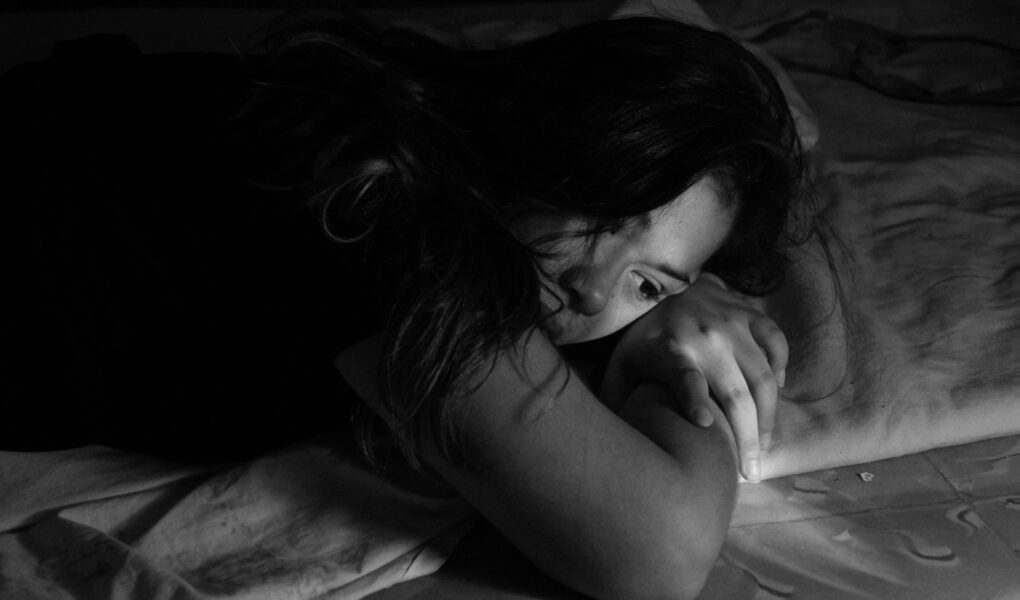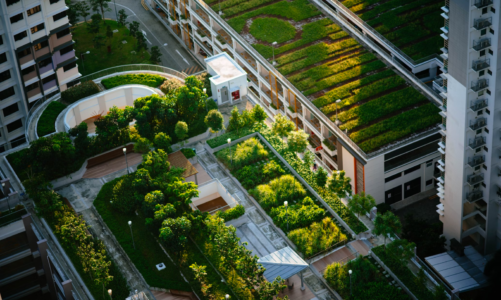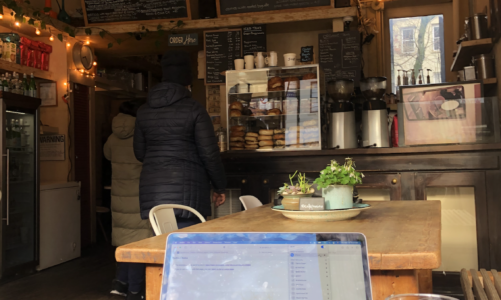If you’re feeling down right now, you’re not alone. Each year, nearly 5% of Americans experience seasonal affective disorder or SAD, a reccurring condition that usually manifests during the fall and winter months. This year, the stress of flu season, holiday stress, elections, and darker, colder days is only made worse by the addition of COVID-19. So as the winter months set in and the daylight hours begin to dwindle, it’s important to take care of your mental health and get help if you need it.
What is Seasonal Affective Disorder?
Seasonal affective disorder is a type of depressive disorder with a seasonal pattern. Episodes usually occur during the fall and winter months, when there are fewer hours of sunlight and the weather is colder. According to Psychology Today, SAD affects around 10 million Americans, and up to another 66 million could be mildly affected. It is most common in older teens and young adults, and, just as with other forms of depression, females are much more likely than males to develop SAD. Family history, individual biology, environment, and life experiences can also make certain people more susceptible.
To be diagnosed with SAD, you must meet the criteria for major depressive disorder occurring during specific seasons for at least two years according to the National Institute of Mental Health (NIMH).
The causes of SAD are not fully understood. However, researchers have found certain biological trends among those with the syndrome, most likely affected by the decrease in exposure to sunlight. These include issues with regulation of serotonin, a neurotransmitter that affects your mood, and overproduction of melatonin, the hormone that makes you sleepy, or a decrease in the production of Vitamin D.
Why This Year is Different
The COVID-19 pandemic is proving to be especially harrowing for people struggling with depressive disorders like SAD. SAD is often triggered by the winter season, which comes with cold, darker weather and holiday season stress. COVID has been damaging our mental health throughout spring, summer, and fall, and there’s no sign that this will relent during winter. Most of us are already experiencing increased anxiety, tension, and fear due to limited social interaction, lack of routine, job loss, the political climate, and changes in schooling, and the seasonal changes are only exacerbating these symptoms – there has been a huge increase in symptoms of SAD and other types of depression as we transition from late fall to early winter.
SAD is already under-diagnosed and under-treated – many people who struggle with the syndrome try to deal with symptoms on their own rather than seeking professional help. With the increase in depression and anxiety due to the pandemic, it’s crucial that you take depression seriously and get help if you’re experiencing symptoms.
Symptoms
Symptoms of SAD may vary, but according to the NIMH, the signs and symptoms of SAD are similar to symptoms of major depressive disorder, including:
- changes in mood: feeling depressed most of the time for several days, feelings of worthlessness, helplessness, and/or hopelessness
- low energy: unusual tiredness and fatigue, feeling sluggish
- lack of enjoyment: loss of interest in previously enjoyable activities, feeling like tasks can’t be accomplished, feeling dissatisfied, agitated, or guilty
- changes in sleep: difficulty sleeping (insomnia) or sleeping too much (hypersomnia)
- changes in eating: craving carbs, overeating, and/or weight gain
- social withdrawal: spending less time with friends or family, isolating oneself
SAD can also affect children, but in different ways. Their symptoms may include fussiness, clinginess, emotional reactivity, struggling with attention or memory, daytime sleepiness, and disinterest.
Treatment
Just as with all other types of depression, treatment for SAD varies depending on the symptoms. Here are some of the most common types of treatment, all of which are used to treat most types of depressive disorders.
Light therapy (phototherapy): A special lightbox that simulates bright daylight is used to help replace the lack of sunlight during the winter months. It is placed on a tabletop or desk where one sits in front of it for 30-45 minutes every day, usually in the morning. To be effective, the bright light must be absorbed through the retinas. This type of treatment works to combat the effects of fewer sunlight hours on a person’s neurotransmitters or hormones, normalizing their circadian rhythm and improving sleep, mood, and functionality. For people with mild symptoms, simply increasing light exposure can be a highly effective form of treatment for the same reasons.
Talk therapy (psychotherapy): Cognitive behavioral therapy (CBT), a type of talk therapy that aims to help people cope with difficult situations, has been adapted for people with SAD. It focuses on replacing negative thoughts and emotions associated with depression and the winter season with more positive thoughts and feelings. It also helps people learn ways to prevent or minimize future episodes, sometimes by identifying and schedule enjoyable activities to combat loss of interest.
Medication (pharmacotherapy): A doctor might also prescribe medications, usually in combination with other types of therapy. Antidepressants, which help regulate neurotransmitters that affect mood and energy and are used to treat all types of depression, are often used to treat SAD. The most common antidepressants are selective serotonin reuptake inhibitors (SSRIs) which, as the name suggests, help regulate levels of serotonin. The FDA has also approved another type of antidepressant called bupropion that can prevent major depressive episodes when taken daily throughout the fall and winter months.
Lifestyle Changes
In addition to a professional, medical treatment plan, it’s recommended for people struggling with SAD to make small lifestyle changes to help manage symptoms at home. Even if you don’t specifically struggle with SAD, these tips can still help you to cope when feeling hopeless or unmotivated.
Being outdoors and getting as much natural sunlight as you can helps improve your mood and reduce stress, combatting the effects of the shortening days. Go for a walk, sit on your porch, or just sit by a window and read. It’s also good to maintain your routines – sleep, wake, and eat on a regular schedule. Exercise regularly, and exercise has been proven to reduce stress and boost mood. Practice self-care, whether that’s eating healthy, taking breaks when you need, or journaling. Lastly, connect with other people, provided you stay safe and within COVID-19 guidelines. Schedule a Zoom party with friends, or host a small, socially distanced outdoor gathering – engaging in social activities can help you feel more connected and alleviate feelings of depression and demotivation.
Getting Help
If you are experiencing symptoms of SAD, especially if they are interfering with your life, it’s recommended that you get professional help as soon as possible. Schedule an appointment with your primary care physician or meet with a therapist. This way, you can get an effective treatment plan that will help you manage symptoms and improve with time.
If you or someone you know is in immediate distress or is thinking about hurting themselves, call the National Suicide Prevention Lifeline at 1-800-273-TALK (8255) or the TTY number at 1-800-799-4TTY (4889). You also can text the Crisis Text Line (HELLO to 741741) or go to the National Suicide Prevention Lifeline website.




